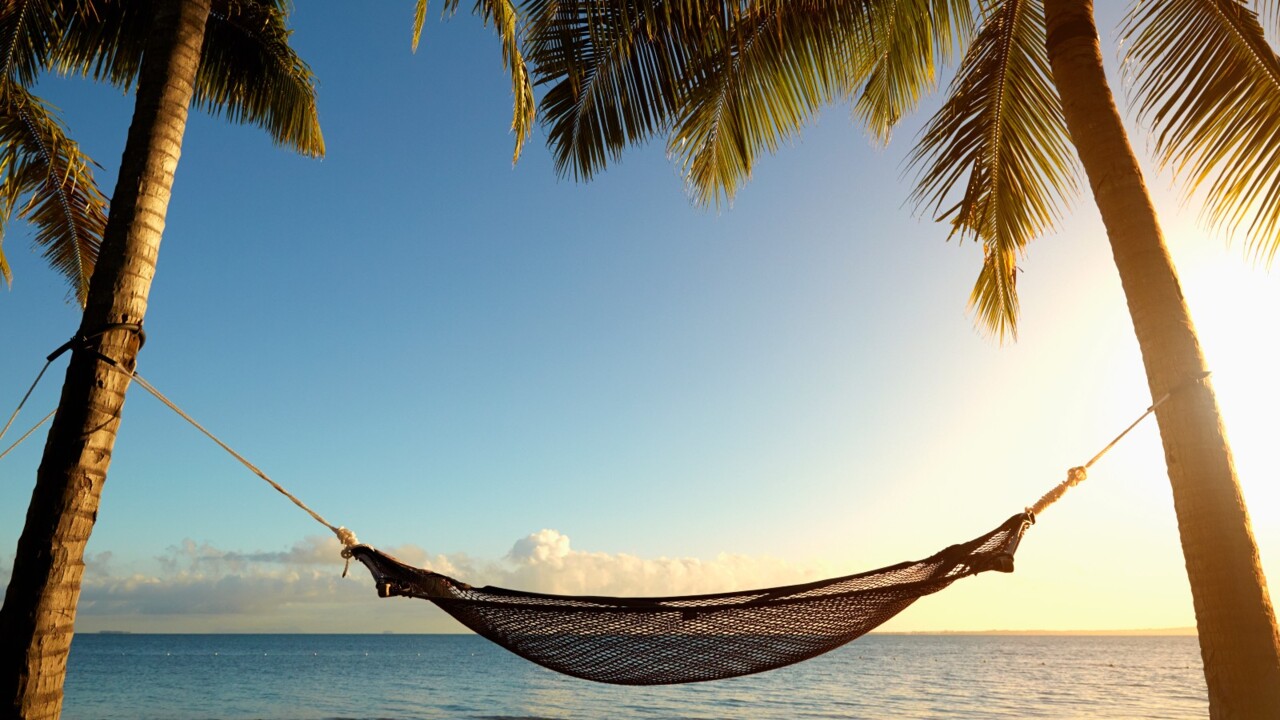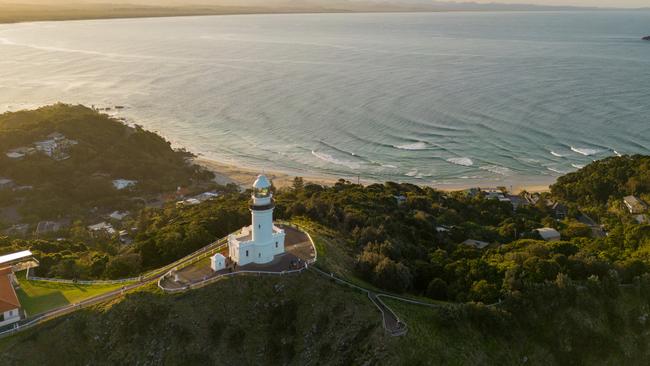Byron Bay: Cape Byron and Julian Rocks given dual Aboriginal names
Calls from the community have prompted changes in a tourist hotspot in one state in a nod to the traditional owners.

Two popular tourist hotspots in the NSW coastal town of Byron Bay southeast have been given dual Aboriginal names following calls from the community.
Cape Byron, the easternmost point in mainland Australia and the site of the Byron Bay lighthouse, will also carry the dual name of Walgun, which means shoulder in the Bundjalung language.
The area was also used by local Aboriginal communities as a ceremonial and meeting spot.
Julian Rocks, which is about 2.5km off Main Beach in Byron Bay, will also be known as Nguthungulli, who is described as the Father of the World according to dreaming stories of the Arakwal people.
The celebrated diving spot, which is home to leopard sharks, wobbegongs and grey nurse sharks, is also a significant and sacred site of the local Aboriginal community.

The submission for the dual name was launched by the National Parks and Wildlife Service mid last year and was recently approved by the NSW Geographical Names Board.
A third spot – a reserve in Bangalow – will also be formally named as Piccabeen Park, which is a nod to the Bangalow Palm, which provides fronds for basket weaving.
The changes, which means the names can be used alongside, or instead of the European names, was also supported by the Bundjalung of Byron Bay Aboriginal Corporation, and Cape Byron Trust.
Processes around dual naming have been supported by the state government since June 2001, with 45 sites tapped so far.
This includes Sydney sites Mrs Macquaries Point (Yurong), Bennelong Point (Dubbagullee), and Darling Harbour (Tumbalong).
Customer Service Minister Jihad Dib said the dual names would allow the original communities to “unlock past stories, preserve traditions, reawaken language and provide a sense of belonging and identity”.

He said the state government was “committed” to the preservation and promotion of Aboriginal languages and acknowledging Aboriginal culture across NSW.
“All Australians share a relationship to the land and the names we give to places convey their significance, sense of history and identity,” Mr Dib said.
“Dual naming acknowledges the significance of Aboriginal culture and represents a meaningful step towards the process of unity in NSW.”
Aboriginal Affairs Minister David Harris acknowledged the Arakwal and Bundjalung people and their connection to the land.
“The Arakwal and other Bundjalung people have had unbroken connections to these places through story, kinship and language since the first sunrise,” he said.
“It is only right to honour that history and that connection through names that bring story and language to life for all Australians to enjoy.”
Heritage and Environment Minister Penny Sharpe also thanked the traditional owners and welcomed opportunities to “tell more of the stories of the these important areas”.
